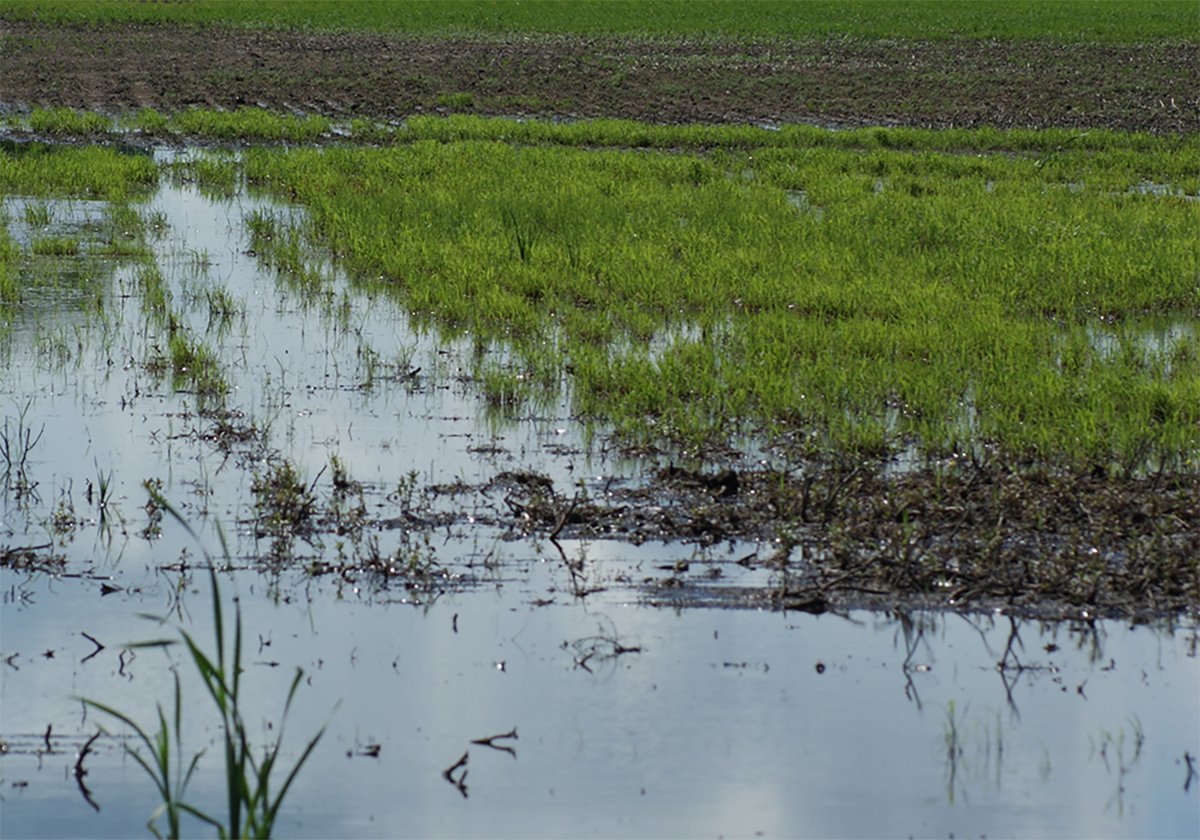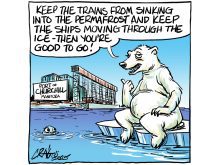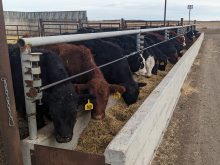THE release last week of 2001 census of agriculture results produced
the usual debate about how agriculture is faring.
The split was between those who argued that it showed farmers are in
crisis and those who believe it shows agriculture is shedding the
too-small and inefficient producers in favour of the real business
people who can make a living on higher volumes and smaller margins.
But forget agriculture for a moment.
The results of this census of agriculture should worry Andy Mitchell,
Read Also

Topsy-turvy precipitation this year challenges crop predictions
Rainfall can vary dramatically over a short distance. Precipitation maps can’t catch all the deviations, but they do provide a broad perspective.
secretary of state for rural affairs, as much as it worries agriculture
minister Lyle Vanclief.
There is little doubt about what the census says about rural Canada.
It is taking a beating. It is bleeding.
For all the bureaucratic talk from hard-working junior minister
Mitchell about community capacity building, facilitation and rural
lenses, small communities are losing the critical mass they need to
survive.
The debate about whether government policy should be geared to support
agri-business and large farms rather than be a social policy propping
up small farmers is one thing.
The debate about whether rural areas suffer when farmers, big or small,
pack it in and move, is quite another. This census shows that in the
past five years, 30,000 farmers and probably farm families left the
business and probably the area.
The number likely is larger, since Statistics Canada says 80,000
farmers who were counted in 1996 were not there in 2001, but 50,000 new
operators were counted. That “new entrant” number surely includes a lot
of hobby or acreage farmers who shop in and gravitate to the nearest
large city.
There can be no doubt that one large grain farm replacing 10 or one
industrial pig barn replacing 20 small operators strips nearby towns of
lifeblood.
It takes away families who buy at local stores, adults who volunteer
for local charities and fill church pews, kids who play hockey and
baseball.
Mega-farms, whatever their cash flow virtues to academics, economists
and bureaucratic planners, do not sustain rural communities.
In a census reaction mainly aimed at renewing the call for more federal
farm support, the Canadian Federation of Agriculture made a telling
point.
“Look beyond the numbers,” CFA president Bob Friesen says in the
federation’s reaction. “This isn’t just about an industry. This is
about our entire rural economy and society. As go the farms, so go the
communities.”
All of which focuses attention on Liberal rural policy.
In early May, Canadian Alliance and Saskatchewan MP Garry Breitkreuz
focused House of Commons attention on Liberal rural policies, or lack
of them.
Liberal defenders talked about national rural dialogues and a love of
rural Canadians and the effectiveness of the Liberal rural caucus and a
rural lens and the need to save those great spaces between the cities
and, and, and.
But in the end, it is clear the Liberals (and to be fair, governments
before them) have had policies and strategies that affect rural Canada
but precious few policies for rural Canada.
Census of agriculture numbers about the exodus of small farmers offer
proof of the cost of that strategic neglect.














